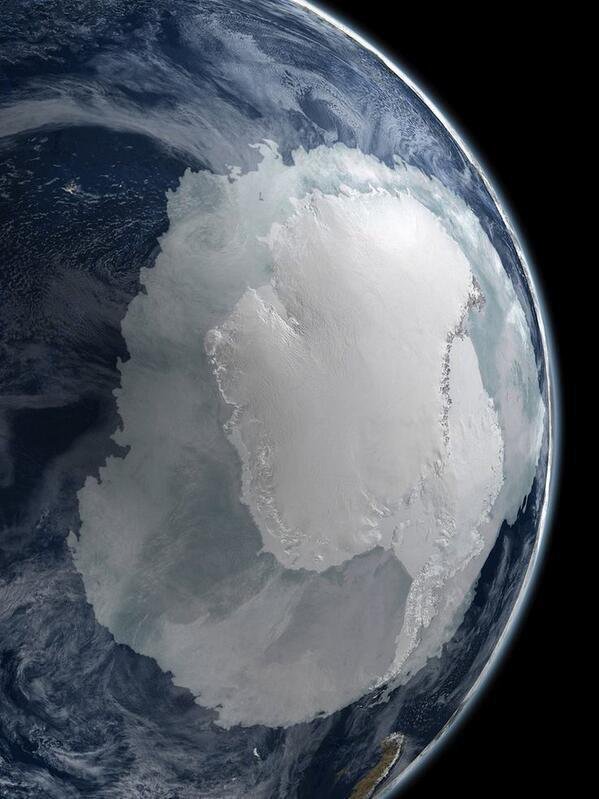Directly lying in the center of the Southern Hemisphere of the Earth, Antarctica is the 7th continent and the only continent that is not inhabited by humans. The temperature of the continent is so frigid it’s a weather designed for polar bears and not humans. Unlike the extreme cold weathers of North Canada and Siberia,Russia, Antarctica records the lowest temperatures ever recorded in the world.
It’s so cold the land is ice all year round, making the land void of vegetation for survival. Scientists visit the vast continent from time to time in the Antarctic Summer periods(December through to February) when the storms are down and the weather is bearable.
The ice continent is inhabited by extremophilic organisms and animals I.e Creatures that can survive harsh weather conditions. These animals include 70percent of the world’s penguins,
Weddel seals,
Walruses,
The Icefish,
Narwhales,
The Orcas,
And few other creatures. The highest in population are the penguins. So we can comfortably call the continent the Penguin continent.
The continent is all year round freezing, the lands are permafrost, ocean parts freeze from time to time; the weather gets so cold it rarely snows, therefore the name The Ice Desert. So one can conclude that Antarctica is the largest desert in the world by area (14,000,000km^2).
Coming to size of the Continent, Antarctica is bigger than Europe and nearly twice the size of Australia. So one can imagine the whole waste landmass of permafrost.

Image Credit
Antarctica, taken from space by NASA
BRIEF HISTORY OF THE ANTARCTIC CONTINENT
Antarctica was founded in 1773 by the explorer, Captain James Cook (1728-1779). Cook and his crew had not actually reached the continent Antarctica, but explored the islands nearby by circumnavigating the Antarctic circle. So Cook isn’t the first to reach the South Pole (which stands at the center eye of the continent).
The first man to see Antarctica, As recorded in history is Fabian Gottlieb von Bellingshausen(1779 - 1852) in the year 1820 with his crew boldly sailing into the Antarctica circle as south as possible, facing several trials struggling with the harsh Antarctic storms.
According to curator Ross Macphee, the first person to reach the world’s geographic South is Norwegian explorer, Roald Amundsen(1872 - 1928).
ANTARCTICA GALLERY

Image Credit
Dragon-shaped icebergs of Antarctica

Image Credit
Antarctic Ice Passage

Image Credit
An Antarctic Coast
REFERENCES
1. Antarctica; the Extraordinary History of Man's Conquest of the Frozen Continent, by Reader's Digest.
2. Antarctic Conquest, the Great Explorers in Their Own Words, by Walker Chapman.
3. http://www.south-pole.com/p0000073.htm
4 Antarctica, Wikipedia 2018, www.wikipedia.com.
5. Antarctic Circle—Antarctic First. Antarctic-circle.org. Retrieved on 2012-01-29.
^ a b c.

Your are good bro
This is beautiful....only few humans reach the south pole